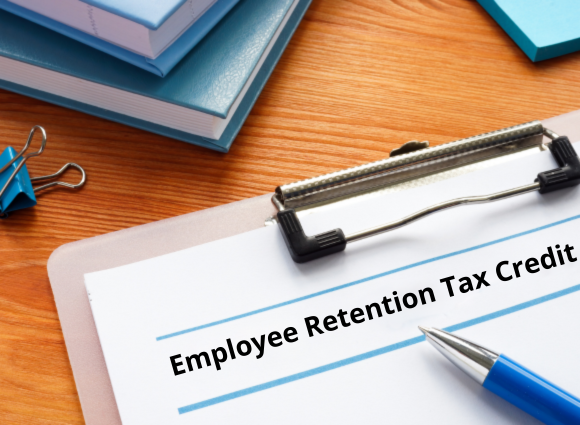
Stay Connected with Employees During a Disaster
Disruptive events like a natural disaster or a pandemic can happen at any time. Maintaining timely, relevant and clear communication with your team throughout the event is vital and is an important component of any disaster recovery plan.
Gathering employee contact information
When you hire a new employee you gather all of their contact information. But that information can become quickly outdated and it can be quite tedious to maintain the current address, email, and phone number for every employee. Your company’s annual benefits enrollment process is a great opportunity to gather updated information. Ask employees to review and confirm their contact information during the enrollment process. Remember to store this information securely and with a backup!
Build an emergency communications structure
When a disruptive event strikes, communications systems are vital. Set up a communications structure that gives you multiple touchpoints with your team. Some examples would be:
- Leadership call tree – Spread news quickly from top to bottom by establishing a call tree. When activated, the first business leader alerted to the situation sends a communication to a small group of leaders in the organization and they alert their respective teams, continuing down the tree until all of your employees have been notified.
- Employee alert text messaging – Send text messages to every employee in an emergency. This is the fastest way to get health and safety warnings out to your team.
- Employee hotline – Establish an 800 number for your team to call for status updates. You can set up an outgoing message with the information your team needs and update the message as needed.
- Email – If email is a communication tool that your team relies on each day, add it to your plan. Send an all employees email about the situation. As the situation progresses send regular updates to your team. Keep in mind this option may not be available if your IT systems are down.
- Intranet – If your company has an employee intranet, you should ensure you post updates there as well.
Test your communications systems
A fire drill lets your team practice evacuating the building in a safe and calm manner. Give your employees the same confidence in your emergency communications system by testing. This ensures your team knows where to look for information when things go wrong. Testing also gives you the opportunity to identify and correct issues in the system.
Incentivize your team to engage in your communication test by adding a game element. Create a contest challenging employees to respond to your test messages. This will help your team recall where to look when they need the latest information. The contest will also show you the effectiveness of your communication system.
Increase your communications in an emergency
Consider sending a weekly update during a long-term disruptive event. Your employees will appreciate receiving consistent and confident communication from you. Unsure what information your team wants? Try sending a survey asking them what they would like to know more about.
Give them a cheat sheet
Create a cheat sheet with emergency contact information for your employees. This could be a flyer or a small laminated card they can keep in their wallet. Having this information at home or in their wallet can be a useful reminder when they need it most.
Don’t underestimate the effect of isolation on your employees
The COVID-19 pandemic has shown us that long-term isolation is difficult for people. Don’t assume everyone is adjusting fine and consider increasing the frequency of leadership touchpoints. Managers, check in on your teams and do so with a visual tool like Microsoft Teams or Zoom. Making a face-to-face connection, even online, can reduce the feeling of isolation.
Hopefully you will not have a need for emergency communications any time soon. Taking these steps today will ensure you’re ready for when the time comes.




